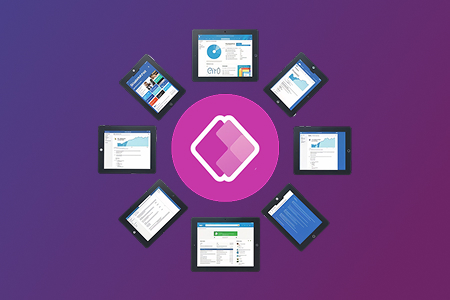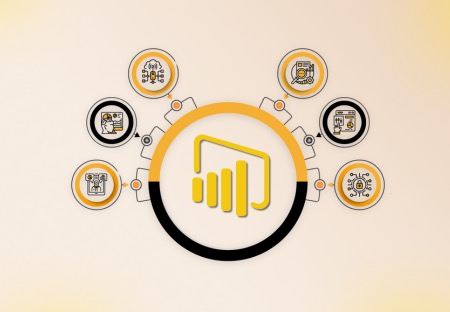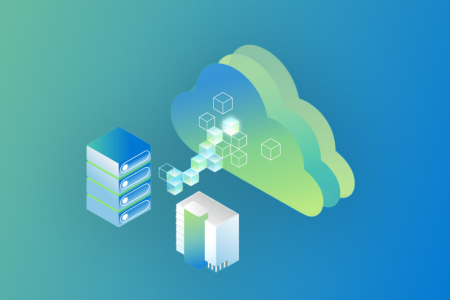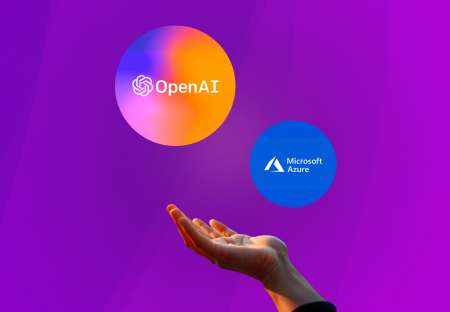The main themes in the area of cloud-native computing are microservices and Serverless. Although the architecture of microservices and Serverless frequently coincide, they are independent technologies and play a different role in modern software environments.
Serverless and microservice technologies are used to build highly scalable solutions at the same time.
Let’s understand what these technologies are and which ones should be used for creating your application.
Microservices
The phrase ‘microservices’ refers to an architectural model in which applications are divided into several small services (hence the term ‘microservice’). The structure of microservices is the opposite of monoliths (meaning applications where all functionality runs as a single entity). Imagine an app that allows users to look for things, put them in their carts, and finalize their purchases as a simplistic example of a microservice application. This app can be used as a series of independent microservices:
- The application interface is at the front.
- A search service that searches products in a user-generated search query database.
- A product-detail service with additional information regarding products on which customers click.
- A shopping cart service to track the goods in your cart.
- A check-out service for the process of payment.
Microservices can also increase the reliability and speed of your program by extending the footprint of your application. If one microservice fails, you keep the remainder of your app operating, so your users are not locked out totally. Also, because microservices are smaller than complete applications, spinning out a new microservice is faster than re-loading the full application, replacing a failing instance (or adding capacity if your application load increases).
Let’s Gain Some Benefits of Microservices Architecture
We should use microservices for evolving, sophisticated, and highly scalable applications and systems because they are a good solution, particularly for applications that require extensive data processing. Developers can divide complex functions into multiple services for easier development and maintenance. Additional benefits of microservices include:
- Add/Update Flexibility: Developers can implement or change one feature at a time rather than update the complete application stack.
- Resilience: Since the application is separated, a partial stoppage or crash does not always affect the remainder of the application.
- Developer Flexibility: Developers can create microservices in different languages, and each microservice can have its own library.
- Selective Scalability: Only the microservices with high use can be extended instead of extending the entire application.
Microservice Framework Challenges
- When divided into autonomous components, complexity increases
- More overview to manage many databases, ensure data consistency and monitor each microservice continually
- Four times more vulnerable to security breaches are Microservice APIs
- The demand for know-how and computer resources can be costly
- It can be too sluggish and complicated for smaller businesses to install and iterate fast
- A distributed environment requires a tighter interface and higher test coverage.
Serverless
In the Serverless model, the application code performs upon request to answer triggers that the application developer has specified in advance. While the code running in this way can represent the entire program, referred to as a Serverless function, it is more commonly used for implementing discrete application function units.
Compared with typical cloud or server-centered infrastructure, the advantages of Serverless computing are many. The Serverless architecture enables many developers with more scalability, flexibility, and shorter release times at cheaper costs. Developers do not need to bother about buying, setting, and managing backend servers using Serverless architecture. Serverless computing, however, is not a panacea for all developers of web applications.
Let’s Gain Some Benefits of Serverless Architecture
- Reduce the time and cost to construct, maintain and update the infrastructure
- Reduce the cost of recruiting server and database specialists
- Focus on producing high-quality, quicker deployment applications
- Best suited for customized and projected to grow short-term and real-time processes.
- Multiple subscription price models for efficient estimates
- Rapid scalability has little impact on performance
Serverless Architecture Framework Challenges
- Long-term contracts with the third-party manager.
- Business logic or technological modifications can make a change to another provider with challenges.
- Multi-tenant Serverless platforms can introduce performance problems or defects on a pooled platform if the nearby tenant uses defective code.
- Inactive applications or services for an extended period may necessitate a cold start that requires additional time and effort to establish resources.
Microservices versus Serverless Architecture
Which one should we use to create applications? Of course, both microservices and Serverless architectures have advantages and limitations. Determining which architecture to use is necessary to analyze the business objectives and the extent of your firm.
A fast marketing deployment and costs are important considerations, which make Serverless a smart bet. A firm that intends to create a large and complex application that is expected to evolve and adapt would find microservices to be a more feasible solution. It is also possible to mix these technologies in one cloud-native instance with the correct team and effort.
You should consider these considerations while making an informed selection on what to utilize — the degree of Serverless granularity affects tools and frames. The higher the granularity, the more complex integration testing becomes, the more difficult it will be to debug, resolve and test. In contrast, microservices are a mature method with well-supported tools and processes.
To Sum up
Microservices and Serverless architecture follow the same fundamental ideas. They oppose typical monolithic approaches to development that prioritize scalability and flexibility. Albeit, Companies must examine their product scope and priorities to pick between a Serverless architecture and microservices. If cost-effectiveness and a shorter market time are a goal, Serverless architecture is a choice.
Learn More: Cloud Services of Metaorange Digital










